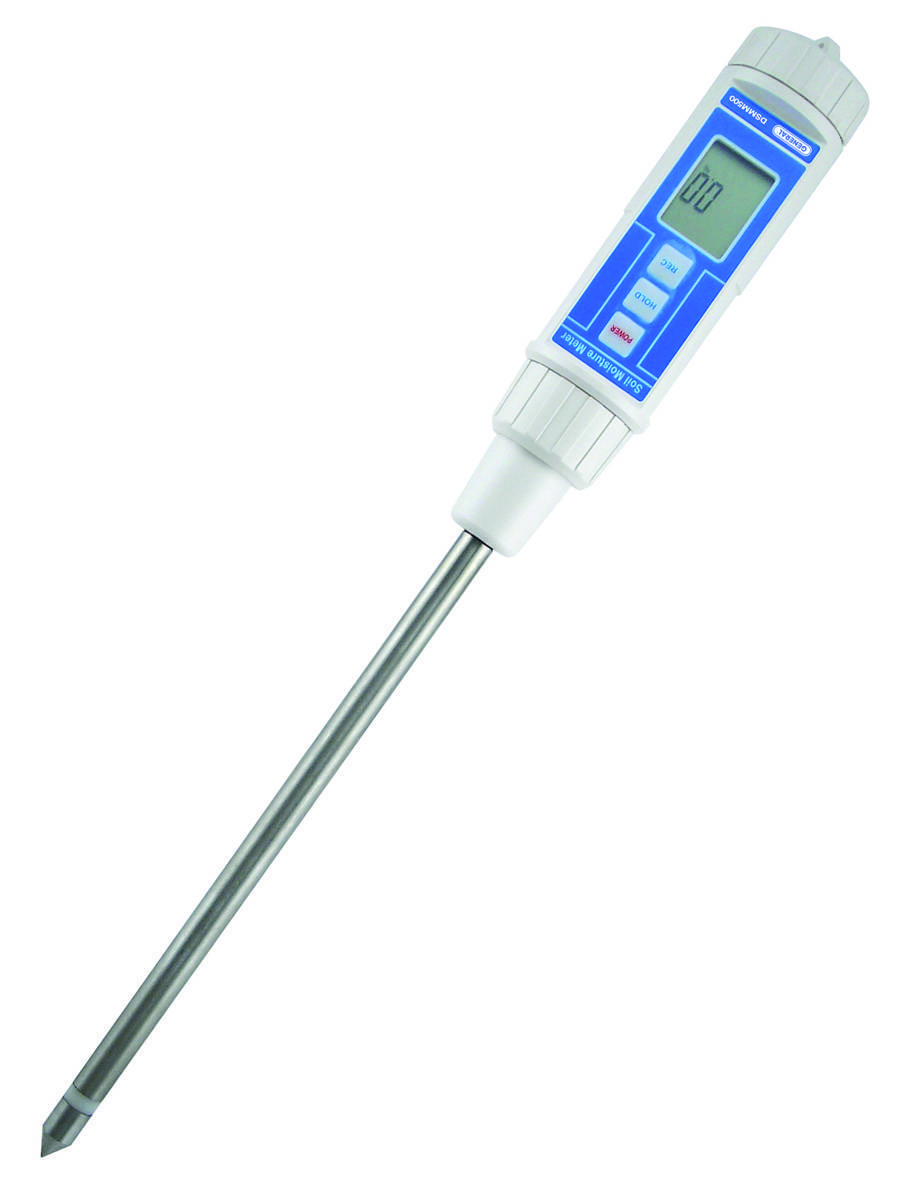Moisture Meter Purchasing Overview: What to Search for in High-Quality Instruments
Wiki Article
Delve Into the Globe of Moisture Meters: Everything You Required to Know
In the world of dampness meters lies a globe of accuracy and usefulness that often goes undetected. Comprehending exactly how moisture meters run, the various kinds offered, and their diverse uses can shed light on their value in ensuring high quality and performance.Exactly How Moisture Meters Work
Moisture meters run by gauging the electrical conductivity or capacitance of materials to figure out the moisture web content present. These meters are vital devices throughout different industries, consisting of building and construction, woodworking, and agriculture. By making use of different approaches such as pinless or pin-type innovation, moisture meters provide precise analyses that aid specialists make educated decisions.
Pin-type moisture meters function by inserting the sharp pins right into the material being evaluated. The electric conductivity in between the pins is then determined, with higher moisture levels bring about boosted conductivity. Moisture Meter. On the various other hand, pinless moisture meters use electro-magnetic signals to check a larger location without triggering any kind of damage to the product's surface area. These meters are perfect for quickly assessing wetness degrees in huge areas or ended up items.
Despite the technique used, moisture meters play a critical role in avoiding problems such as mold growth, structural damages, or item issues created by excess dampness. Understanding how these meters job is essential for making certain the top quality and stability of products in different applications.
Sorts Of Moisture Meters
Provided the vital role wetness meters play in various industries, it is vital to understand the various types available to specialists for accurately assessing wetness degrees - Moisture Meter. There are mainly 2 main kinds of dampness meters: pin-type and pinless wetness meters

On the various other hand, pinless moisture meters use electromagnetic sensing unit plates to check a bigger area of the material without creating any type of damages. This type is suitable for swiftly scanning large locations and is frequently used for floor covering, walls, and ceilings. Pinless meters are convenient for taking analyses on finished surfaces without leaving any kind of visible marks.
Both sorts of dampness meters have their advantages and are selected based on the particular needs of the job available. Understanding the distinctions between these types is crucial for experts to make exact wetness analyses.
Applications Across Industries
With diverse performances, wetness meters find widespread application throughout different industries, aiding professionals in guaranteeing optimum problems for structures and products. In the farming market, wetness meters are indispensable for figuring out the moisture content in grains, seeds, and hay, guaranteeing quality control and avoiding mold and mildew development. Building experts depend on dampness meters to examine the moisture degrees in structure products like timber, concrete, and drywall, which is important for keeping structural honesty and avoiding issues like rot or mold. The floor covering industry makes use of dampness meters to determine the wetness web content in subfloors before mounting different flooring, preventing costly damages as a result of excess moisture. In the food market, wetness meters are used to monitor and control moisture degrees in products such as grains, nuts, and dried fruits to keep freshness and top quality. Furthermore, moisture meters play a crucial role in the restoration and damages assessment market by helping experts attend to and her response determine water damages in buildings immediately. Across these varied industries, wetness meters are essential devices for making sure the quality, security, and longevity of numerous materials and items.Tips for Utilizing Moisture Meters
Utilize the moisture meter's calibration settings to ensure accurate analyses when gauging the dampness material in different materials. Additionally, make sure the meter is established to the proper dampness variety for the material you are measuring to obtain the most specific outcomes.When utilizing a pin-type wetness meter, insert the pins to the appropriate deepness suggested for find out this here the material being tested. This ensures that the dampness readings are taken from the correct deepness within the material, providing an extra precise representation of its dampness web content. For pinless wetness meters, remember to keep appropriate contact with the product's surface to obtain trusted readings.
Routinely examine and replace the batteries in your dampness meter to stop imprecise readings as a result of low power. When not in use to extend its life-span and maintain its precision, Shop the meter in a completely dry and safe location. By following these suggestions, you can make the most of the efficiency of your dampness meter and obtain exact dampness content measurements throughout various products.
Maintenance and Calibration
To make sure the precision of moisture material dimensions, normal maintenance and calibration of the moisture meter are vital action in its proper functioning. Maintenance includes maintaining the moisture meter free and clean from debris that might influence its analyses. It is very important to follow the producer's guidelines for cleaning up to avoid damages to the tool. Additionally, regular calibration is required to confirm the accuracy of the readings. Calibration changes the wetness meter to make sure that it supplies regular and trusted results.Calibration ought to be executed regularly, especially if the dampness meter is used regularly or in vital applications where precise dimensions are required. By keeping and calibrating the wetness meter on a regular basis, users can rely on the precision of the moisture web content measurements acquired.
Verdict

Finally, dampness meters play an important duty in numerous industries by precisely determining the dampness content of materials. Comprehending exactly how these tools function, the different types available, and appropriate upkeep and calibration are crucial for obtaining reputable outcomes. Whether in manufacturing, building, or agriculture, the use of wetness meters assists guarantee quality assurance and effectiveness in processes.

In conclusion, wetness meters play an essential role in various industries by precisely measuring the moisture material of materials.
Report this wiki page